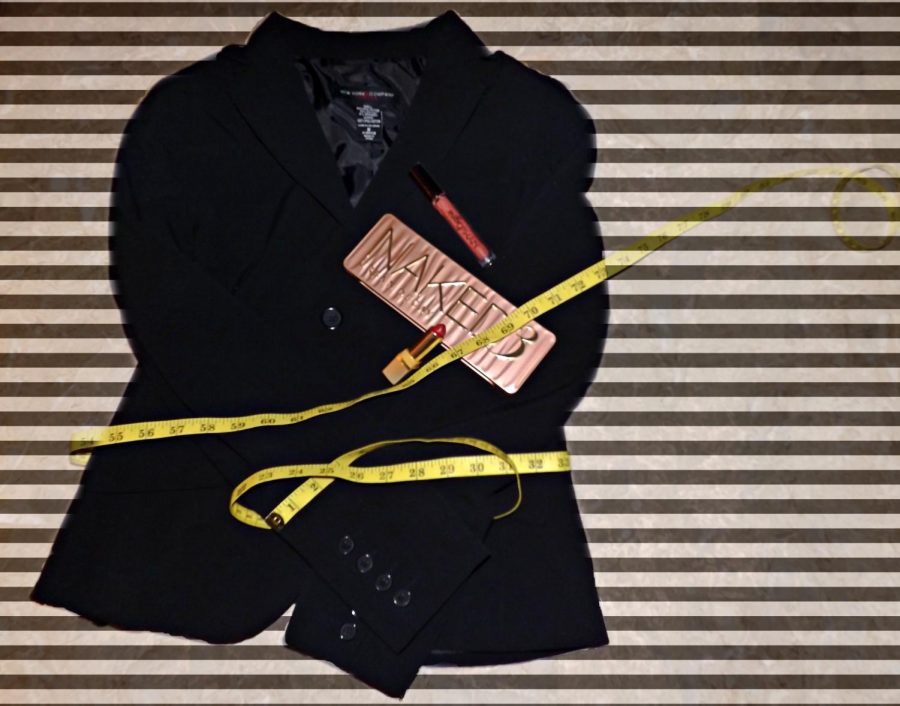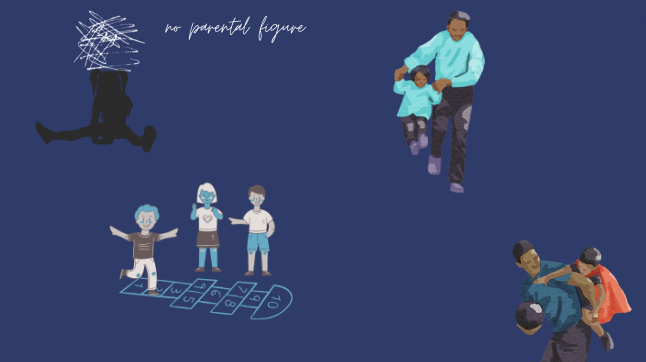The Effects of the Fashion and Apparel Industries
November 5, 2018
The apparel and fashion industry have experienced continual growth throughout history. The entire world wears some form of clothing and therefore is subject, to some degree to this ever-changing industry. The effects and impacts of this industry range as far as it does geographically.
The negative impacts of the apparel industry generally can be placed into one of two categories, environmental and personal. The documentary “The True Cost” was released in 2015 and it helped to inform a broader audience about the enormous environmental impacts of an ever-growing demand-driven industry. The film explains that the garment industry is the world’s second biggest world polluter.
According to the Environmental Protection Agency (EPA), 13.1 million tons of textiles are trashed each year in the USA, of which only 15 percent are donated or recycled. In addition, large quantity of textiles go to waste each year due to production non-conformities. Most of these wasted textiles do not decompose and release methane gas in landfills,
All of these environmental concerns are coupled with social concerns. In the society of today media holds a greater weight than ever. This has caused a mass spread of the fashion industry and the idea of beauty that it promotes.
A lot of research has been conducted to explain as to what is considered beautiful, usually concluding that people who are considered to be physically attractive in society are more successful. This is known as the physically attractive phenomenon. The fashion industry highlights the phenomenon, which has dire effects on the psychological and social set up of a society. Producing low self esteem in those who do not consider themselves to be attractive.
One more dilemma, which is very prevalent, is the discrimination portrayed vividly by the fashion media and even the apparel industry towards obese people. Being overweight is taboo; it is intricately woven in the fashion world of today. There are less clothing options and styles that are created in the upper sizes.
Tolmach and Scherr (1984) conducted a research, where girls were asked questions about beauty. It was astounding that almost all of them believed that they had to be thinner. Most of them stated, “I have to lose weight.” This shows the undeniable mark of fashion on girls, trying to conform to the stereotype, can lead them to resort to serious health issues.
However, as in industry, the apparel industry has just as many pros as it does as it does cons. Some of these positive impacts are may be less noticeable but they are just as influential.
The fashion industry has become one of the most globally integrated industries in the entire world. Someone could see the same dress or designer display work in Tokyo, Rio, New York, Milan, Paris and South Africa. Fashion has become one common language for people all over the world, an integration of various cultures. The apparel industry helps to connect people internationally, because it travels from one city to another.
The apparel has also provided many with the ability to express their personality, creativity and preferences. Apparel has become a nonverbal form of communication. One of the first things which people notice is appearance. The apparel industry is constantly expanding, making it easier for personal expression during this first impression.
Additionally, following personal fashion statement preferences makes for more independent thinkers. Someone’s choices in attire can certainly fill them with a great deal of confidence.
Overall, the fashion and apparel industries express creativity of both the designer and the wearer. They promote independent thinking and cultural awareness. However, these industries also leave a footprint of environmental and social impacts. Whether the positives outweigh the negatives may never be seen.





